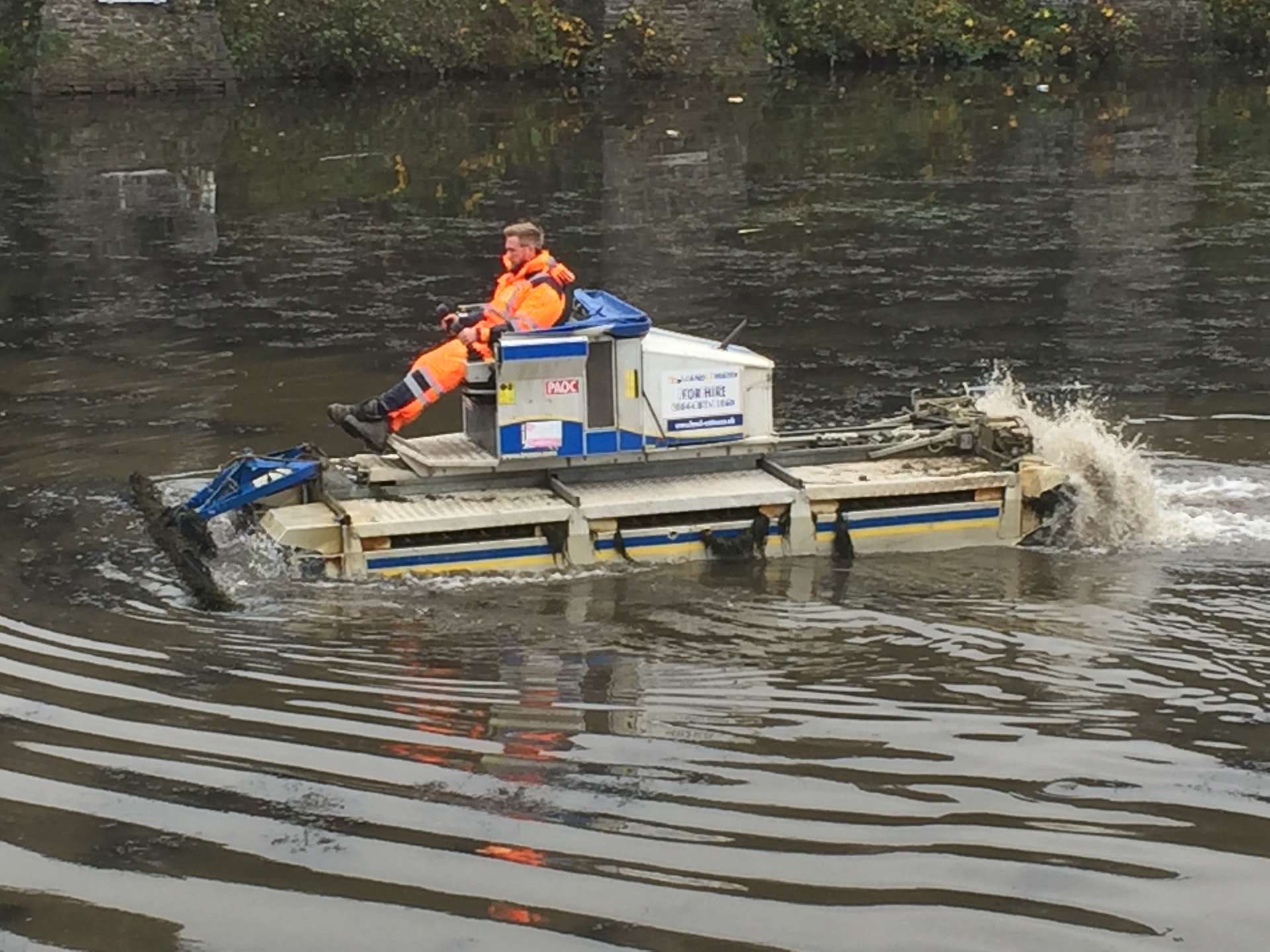Dredging involves the excavation of sediments and debris from the bottom of seawater. It removes pollutants and creates space for the construction. Dredging is done in various locations, including shallow and deep seawater. Once completed, the ship will transport the materials to a disposal facility.
Impacts of Dredging on Crops
Dredging is a common practice to reduce erosion and increase water depth in a waterway using dredging equipment spring tx. This technique also helps maintain the ecosystem by removing sediment, trash, and other pollutants. However, dredging can only be used in some situations. It may have negative impacts on the land or crops growing in it.
Because of the dredging process, soils may be disturbed and contain heavy metals. This material may contain higher phosphorus and calcium than typical farm soils. These elements are essential for crop growth, as they slow the release of nutrients from the soil and provide food and energy to soil bacteria.
Despite the adverse effects of dredging, it can play a vital role in sustainable farming practices. For this reason, dredging should be carefully evaluated. In some cases, dredging might be beneficial for crops and fisheries.
Impacts of Dredging on the Environment
Dredging operations can negatively impact the environment, including increased water pollution, damage to water quality, and loss of habitat for aquatic life. These activities also disrupt the natural flow of a river or lake, causing sediments to settle in the channel. These sediments are difficult to remove from the water and can contain harmful chemicals. These pollutants affect the health of people and wildlife downstream. In addition to the adverse effects, dredging operations also affect the surrounding environment, and their effects can be short-lived or permanent.
Dredging activities can disrupt fish habitats and affect the reproductive cycle of fish. Fish go through a stressful spawning process, and high levels of human activity may result in fewer fish eggs. Dredging activities also disturb sediments, reducing visibility and increasing turbidity in water. These effects can cause suffocation or even death of fish.
The impact of dredging on fish populations requires more research. To determine how dredging affects fish, it is essential to know what sediment types are present in the area where dredging is happening. Several studies have reported varying effects levels, but some general principles are to consider.
Impacts of Dredging on Wildlife
The impacts of dredging on marine wildlife have been mainly overlooked. However, some studies have found that dredging practices can significantly impact aquatic habitats. These impacts may include sedimentation, underwater noise, and hydraulic entrainment. These stressors can alter fish response across all aquatic ecosystems and life-history stages. In addition, dredging has been associated with several indirect impacts, including habitat loss.
The federal government requires permits for dredging operations in protected areas, such as the Great Barrier Reef. However, environmentalists have argued that the oversight has been lax and that dredging damages the reef. Environmentalists have blamed dredging for introducing toxic chemicals and heavy metals into the water, which they say are harmful to wildlife and aquatic ecosystems. Environmentalists also fear dredging operations may disrupt the Great Barrier Reef, which supports a $6 billion tourism industry.
Researchers at James Cook University have studied the effects of dredging on marine ecosystems. They found that dredged spoil is more toxic to marine ecosystems than river sediment. However, inland rivers are less likely to disrupt marine ecosystems.
Types of Dredges
Dredges can be used for several purposes. Some jobs entail excavating alluvial or compact deposits, while others entail pumping dredged material to upland disposal sites. Production rates vary greatly depending on the type and size of the dredge. Generally, a 16-inch dredge produces between 240 and 875 cubic yards per hour, while a 24-inch dredge can produce from 515 to 1615 cubic yards per hour. The dredge’s cutter head size also varies. Depending on the dredge’s size and horsepower, dredges can produce slurries that range from 10 to 20 percent solids by dry weight. The dredge’s pipe-discharge concentration can range from 15 to 30 cubic feet per hour.
A pipeline dredge uses suction to pump out material from the bottom of the river or lake. This type of dredger has a cutter head on the suction end that grinds up the bottom material, allowing it to be pumped out of the site by a discharge pipeline. These dredges have many options for dredging depths and different power sources.

